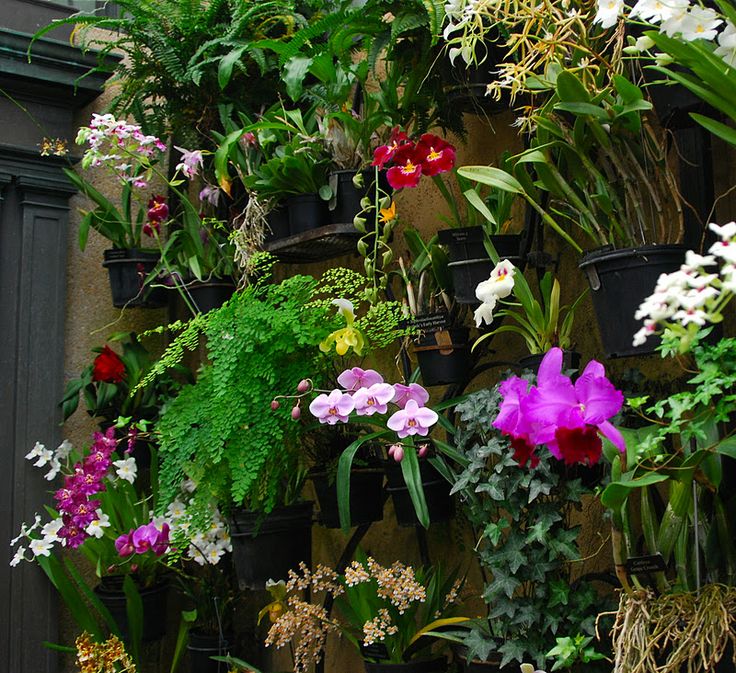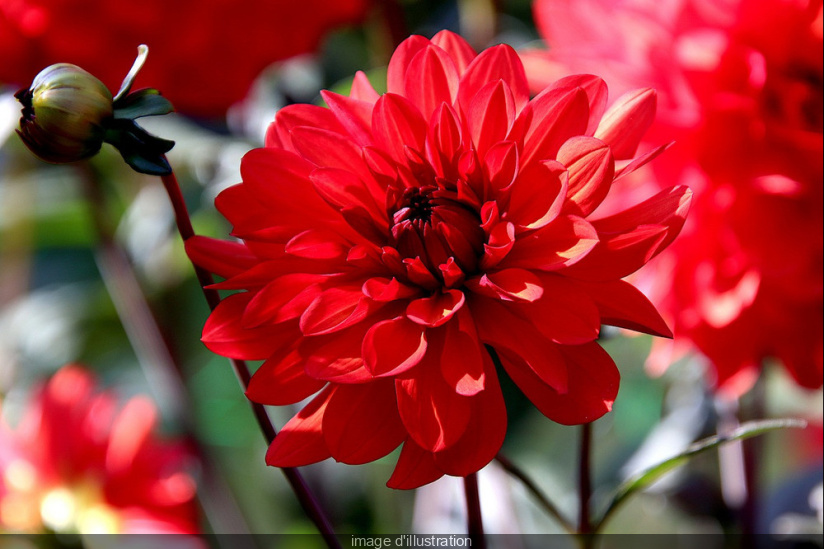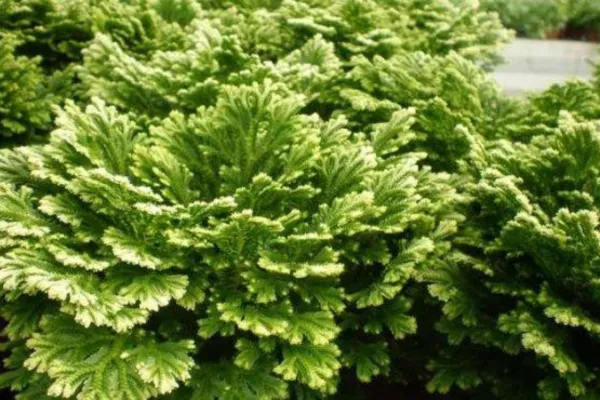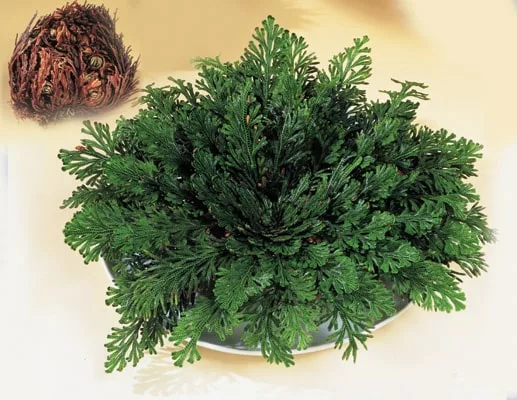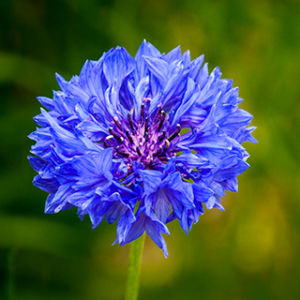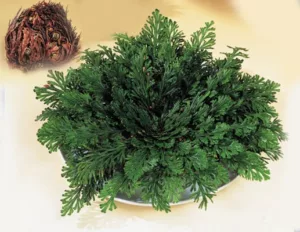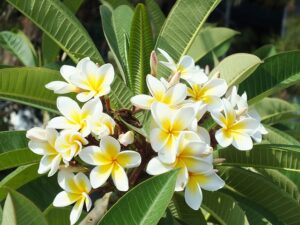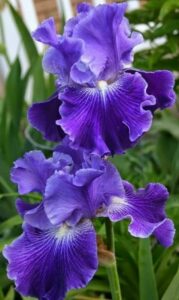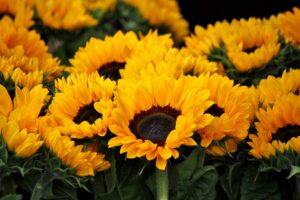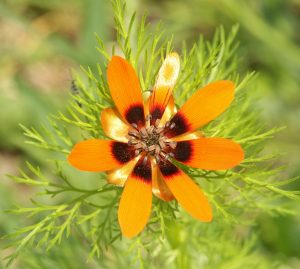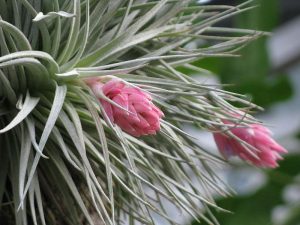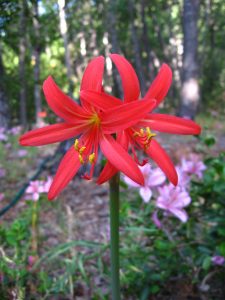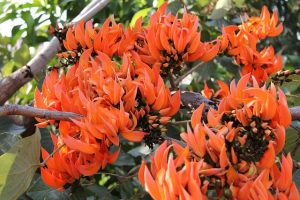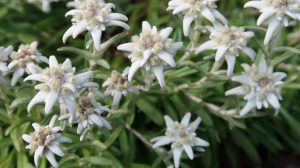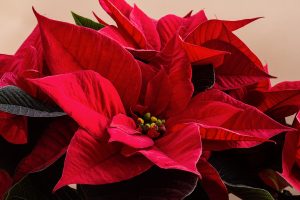The orchids
Hello friends, today we will talk about a very special flower, the orchids.
Orchids (scientific name Orchidaceae)
They are a family of monocotyledonous plants, characterized by the complexity of their flowers and by their ecological interactions with the pollinating agents and with the fungi with which they form mycorrhizas.
The family comprises approximately 25,000 species (some sources report 30,000), is one of the families with the highest specific richness among angiosperms. To this natural diversity are added 60 000 hybrids and varieties produced by the floriculturists.
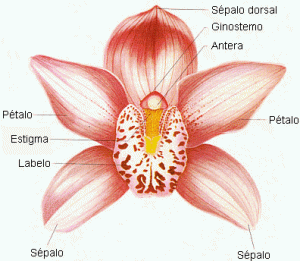
Orchid flower structure
The orchids can be recognized by their flowers of strongly bilateral symmetry, in which the middle part of the inner whorl of tepals -called labelo- is deeply modified, and the stamens are fused to the style, at least at the base.
The orchids constitute a group of plants of extremely diverse morphology. Its size varies from a few millimeters in length (certain species of the genera Bulbophyllum and Platystele) to gigantic aggregations that can weigh several hundred kilograms (some species of Grammatophyllum) or lengths up to 13.4 m (as Sobralia altissima).
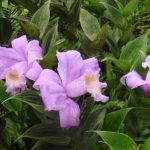
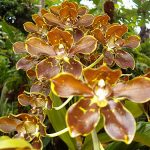
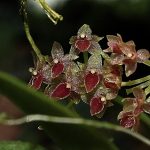
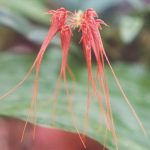
In the same way, the size of its flowers varies, from the tiny ones of the genus Platystele – less than 1 mm – to the large flowers of 15 to 20 cm in diameter in many species of the genera Paphiopedilum, Phragmipedium and Cattleya, up to 76 cm of the flowers of Phragmipedium caudatum. The fragrance of its flowers is no less variable, from the delicate aroma of Cattleya to the repulsive stench of the flowers of certain species of Bulbophyllum.
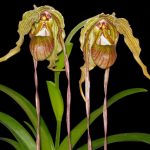
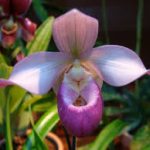
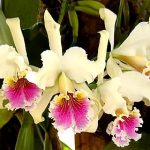
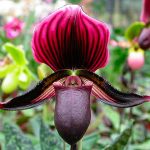
Orchid habitat
These flowers are spontaneous in most of the world, except in regions of desert or polar climate. They are especially abundant in the intertropical zone, where most of the most showy flower species grow.
Orchids are herbaceous plants, perennial – rarely annual – terrestrial or epiphytic, occasionally climbing. With respect to epiphytic orchids, it is said that they can become eternal. In fact, in nature, their survival is linked to the life of the tree that sustains them. There are known plants collected in the mid-nineteenth century that are still growing and flourishing in many collections.
Orchid seeds
Orchids are, in general, producers of nectar, a substance they use as a reward for pollinators. The nectaries are variable in position and type. For example, they are found on the spur of the lip, or on the apices of the sepals, or on the internal walls of the gynoecium. The species that do not produce nectar are autogamous or apomictic, that is, they do not need pollinators to produce seeds.
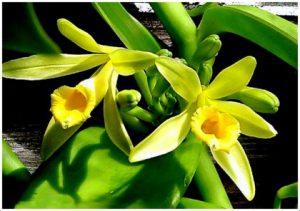
Vanilla Orchid
Orchids were known and appreciated by humans since antiquity. There are Chinese writings of 1500 years old where reference is made to the cultivation of orchids. In ancient Greece it was attributed healing and aphrodisiac properties. The Aztecs used an orchid – vanilla – to enrich a thick cocoa-based drink, intended for nobles and warriors and was known as xocoatl.
Orchid: Bletia purpurea
In Europe, interest in them was awakened around 1731 when the first tropical orchid of the New World, Bletia purpurea (Bletia verecunda), flourished. This flourished in the collection of the English admiral Charles Wager who obtained it from the Botanical Garden of Chelsea.
From that moment on, an unparalleled interest in the acquisition and cultivation of exotic orchids was raised, in particular by the members of the more affluent social classes, who had to build an orchid garden as an obligation according to their status.
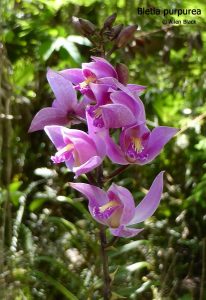
Orchid seeds
Most species of orchids are found in the tropics and subtropics, from sea level to 5000 meters above sea level, in almost all environments. In some ecosystems they are the dominant element, particularly in nutrient-deficient habitats. There are only two environments on earth where these plants, poles and sand deserts do not thrive. They are more diverse in tropical regions, where they are often epiphytes.
According to a 2015 article from diarioecologia.com Colombia has the largest variety of orchids in the world, with 4,270 species, of which 1,572 occur only in Colombia. All the natural regions of Colombia have orchids in their ecosystems, being the Andean which has the largest number of endemic species with about 944 types. The Pacific region ranks second with 98 species, followed by the Orinoquía with 15, while the Amazon and the Caribbean have medium wealth.
Adaptability
Their ability to adapt is remarkable, as they can grow both at sea level and in high moorlands. Many live on trees (epiphytes), others do it on rocks (lithophytes), others on the earth and some species develop even in underground environments. Despite what many people believe, they are not parasites, since they do not feed on the tree where they live. These plants use it as a means of support and as a vehicle to reach sunlight. Some only measure a few centimeters and others can have the size of a tree.
In general, orchids bloom only once a year, always at the same time. This is due to environmental factors such as the decrease or elevation of temperature, the increase in daylight hours, changes in season and variations in environmental humidity.
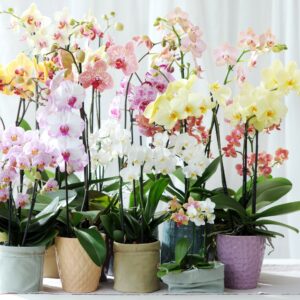
Duration of orchids
The flowers can remain open from one day (the case of Sobralia) to more than three months (as in Paphiopedilum and Phalaenopsis). Artificial hybrids can bloom two or more times a year.
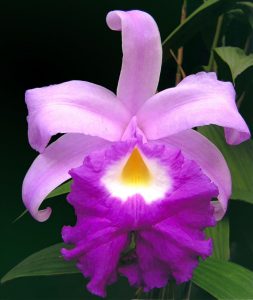
Things to keep in mind if you want to grow orchids at home:
- Light yes, but not direct sun, the temperature between 18 and 25 ° C., Never lower than 16 ° C. I would die. You should look for a location near windows with good orientation. Insufficient light causes lack of flowering, little growth, fragile stems, very dark green leaves or, depending on other conditions, leaves that yellow until they fall.
- Water: Irrigation should be once a week. Place the pot on a plate and fill it with water, after a while it is removed, because the roots will rot. To water our plants we must use soft water (low in mineral salts, calcium, sodium, etc.). Normally bottled waters are used. Irrigation must have a frequency adjusted to the temperature conditions. Greater frequency in summer and lower in winter coinciding with periods of rest after flowering.
- Humidity: Humidity is one of the most important environmental factors in the care of orchids that should be close to 40%. One of the ways we have to achieve this is by grouping the plants in a single area. In this way the creation of a microclimate is facilitated and it is easier to maintain the humidity level.
- Ventilation: Orchids do not support closed or loaded environments (with little oxygen or much tobacco smoke or others). If there are sources of methane nearby (fruit or other organic matter in a rotten state) it can cause the early fall of the flowers.
- Fertilizer: It is paid once a month, following the same instructions as for irrigation, that is, you dilute the fertilizer in the water of the dish and after a while when you have absorbed all the moisture you need, you remove it.
- To achieve a greater and better flowering: when the flowers dry, it is necessary to cut above the third bud (node), and in a few months it will sprout again with more vigor. Good light conditions are essential to stimulate the flowering and growth of the plant.
- Pots: Regarding the type of pots or containers suitable for these plants, we must take into account several characteristics according to the species. For Phalaenopsis the most suitable are those that are transparent (methacrylate, plastic or glass). In this way we ensure that as much light as possible reaches its roots. Remember that the roots of these plants also perform photosynthesis and it is convenient that they are not in opaque containers.However for the Vandas it is best to place them in aerial baskets and that their roots are exposed to the air. Some are sold by placing them inside a glass jar or in boxes as shown in the image.
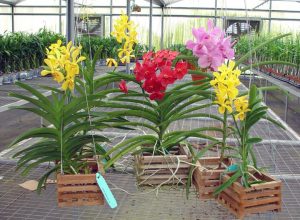
Fertilizers
Utilization of fertilizers
If you want to use fertilizers to favor the vegetative resumption of the plant, a greater amount of Nitrogen (N) is supplied to the orchid. For this the formula 30:10:10 (N: P: K) is used which means: 30 parts of Nitrogen, 10 parts of Phosphorus (P) and 10 parts of Potassium (K). Generally one or more dosages are made in spring with this combination. To favor greater flowering, nitrogen decreases and increases the Phosphorus and Potassium using the formula 10:30:20. However during the other periods the balanced formula 20:20:20 or 18:18:18 is used.
As you can see there are many species of orchids, each one special and with fascinating characteristics, do you embullas to have one? Surely with these tips you will soon have it blooming in your home.
Without further ado, until the next article, and remember to always carry the flowers in your heart with you. ?
Remember to like and share on your social networks if you liked this article. Leave us your comments here.
![]()
Share this content:
